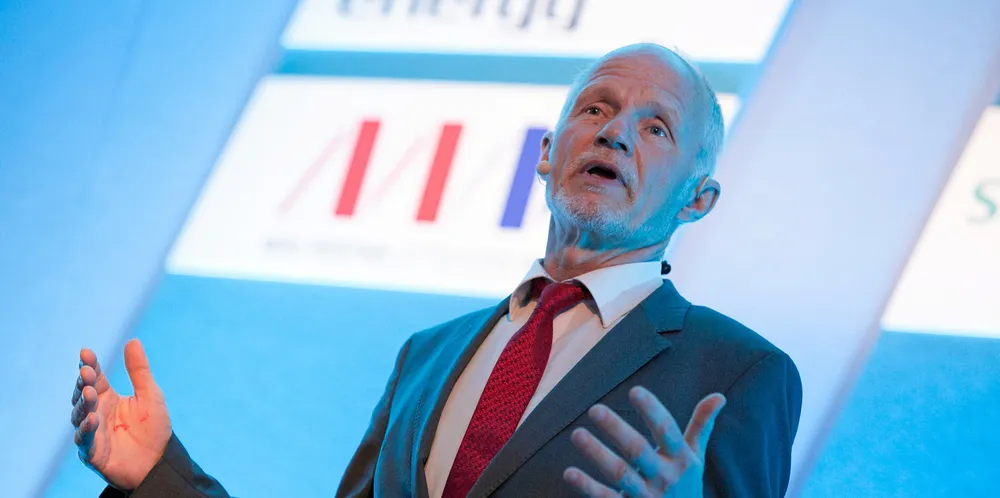'Hardly a better place on Earth for green hydrogen' | Energy veteran Baake to head German-Namibian pact
Investment volume for first expansion stage of renewable H2 plan seen as high as Southern African country’s GNP

Investment volume for first expansion stage of renewable H2 plan seen as high as Southern African country’s GNP
